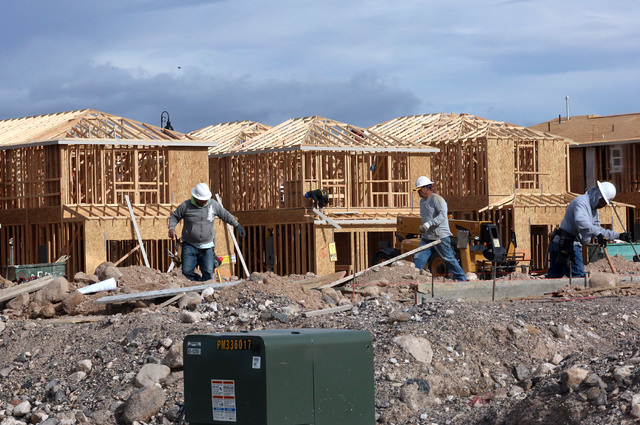Nevada’s unemployment rate tumbles to 9-year low
The state’s unemployment rate has hit a nine-year low. But we can still do better.
So says UNLV professor and Business and Economic Research Center Director Stephen Miller about the latest jobs report for Nevada.
“Our unemployment rate is still above the national average,” Miller said. “And the issue is, as it goes down, are people re-entering the labor force who have exited?”
Nevada’s nine-year low meant a 5.1 percent unemployment rate reported in December, according to Department of Employment, Training and Rehabilitation data released Tuesday.
Year-over-year, the unemployment rate decreased 1.2 percentage points. The state has seen job growth for the 72nd consecutive month, adding 195,000 jobs since September 2010, according to the data.
The recession cost Nevada about 186,000 jobs.
With 9,000 new jobs, the industries of trade, transportation and utilities grew the most compared to other industries during 2016.
With a 10.4 percent increase over 2015, or 7,200 jobs, construction grew the fastest. Miller credited that construction growth to the unfreezing of projects halted during the recession.
Looking at two decades of jobs data, jobs in service, education and health are the ones that continue to show high demand, he said.
To help Nevada’s unemployment rate in the long run, the state must improve its job training programs, Miller said. Not every job requires experience in a four-year university or even in a two-year degree program, he said.
Some only require certification, though people with college degrees have been shown to earn more over their lifetime, he said.
“The governor’s office has put a focus on workforce development,” he said. “But it is difficult to guess at which skills we will need five years from now.”
Contact Wade Tyler Millward at 702-383-4602 or wmillward@reviewjournal.com. On Twitter: @wademillward


















